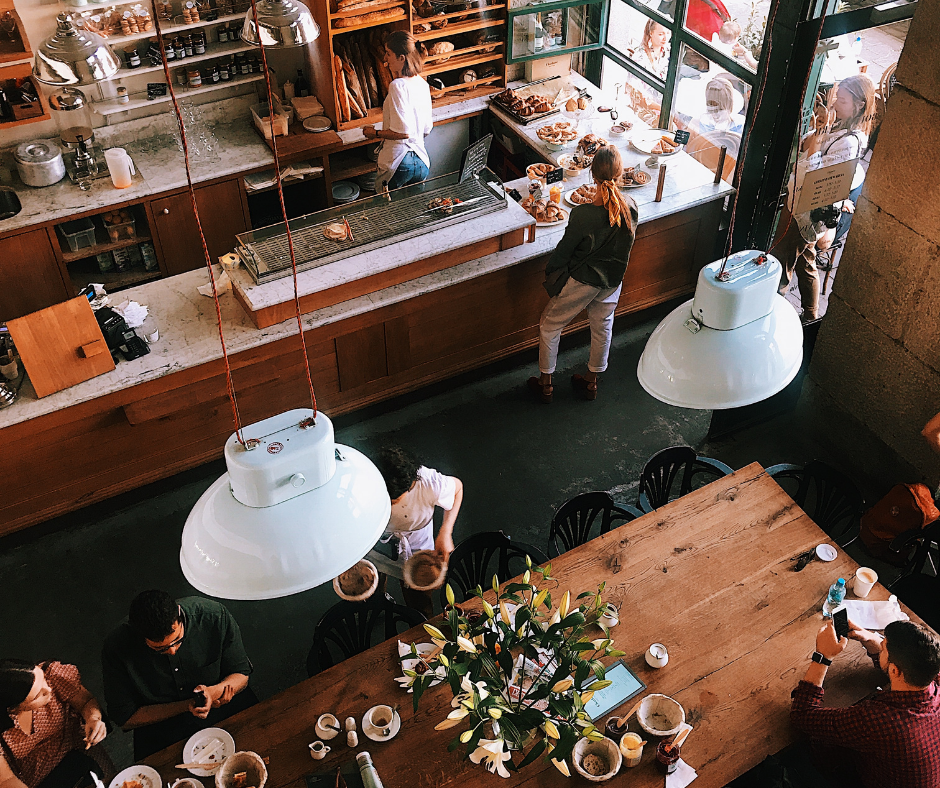The COVID-19 pandemic has shown us that the food industry is not recession-proof.

Here is a guide on how to succeed in the post-pandemic world.
The pandemic caused by the COVID-19 virus has transformed our society and had effects in several industries, mainly in the food industry. With vaccine production and mass vaccination, we are moving towards a broader and more real reopening. Still, the effects of the pandemic were profound, and some habits changed, and new measures were acquired and will remain even pos-pandemic.
Although this industry is essential for everyone, it is not recession-proof. According to the National Restaurant Association, 17% or 110,000 restaurants closed permanently or long-term. So the importance of adaptation and improvement is a matter of survival in the future.
One of the most significant changes caused by the pandemic and that will stay or even expand are people working from home. According to research by Deloitte, there is a trend of implied expansion of 42% of people cooking at home and 20% of people using delivery and takeout services. On the other hand, there is a downward trend of 12% of people who are willing to eat in restaurants. Therefore, focusing on optimizing these services (delivery and takeout) and ways to facilitate their lives, expanding outdoor dining, and maintaining sanitary measures will be the key to the success of restaurants and for those facing financial hardship as we advance.
With the growing health concern, another post-pandemic trend is the consumption of healthy and plant-based foods that strengthen immunity and the body in general. For this reason, restaurants that have more healthy options and menu options for specific diets will also be ahead of others.
Sustainability is also a topic of interest from now on, especially for Millennials and Gen Z adults. So farm-to-table products, more sustainable packaging, investment in green certifications are strategies that will bring these restaurants an advantage in comparison with others.
In summary, three factors will be defining:
- Structural: sanitary measures in place, improvement of systems and infrastructure.
- Economic: thinking about ways to facilitate the customers’ lives and those working from home and spending more time inside.
- Preference: Those who choose to maintain a healthy and sustainable lifestyle and those who will still avoid crowded places.
The pandemic has brought significant changes to society, and restaurants that know how to adapt to them will survive and even thrive in this new phase.
For a free consultant contact TRG




